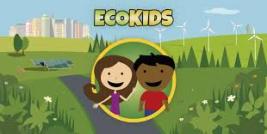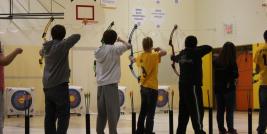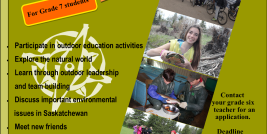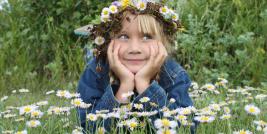Animals in Winter is a 60 minute classroom presentation focusing on Saskatchewan animals, their basic needs, and how they have adapted to their environment.
Content:
- taxidermy mounts are brought into classroom and used to assist with identification of various species and to show specific winter adaptations.
- focus on concepts: hibernation (dormant state in which some animals spend the winter), migration (movement of animals in response to environmental conditions and/or food supply, occurs by flight, land, and water), colour change (as protection from predators, aid in camouflage), food storage (change of diet in winter or storing of food supplies), winter coats (birds use feathers to trap warm air close to body and grow feathers on their toes, mammals grow longer, thicker coats)
Set up:
- four (4) large tables to display animals
Curriculum Connections |
Outcomes |
Indicators |
|
Grade 1 |
Science |
LT1.1 Differentiate between living things according to observable characteristics, including appearance and behaviour. |
h,i,l |
Science |
LT1.2 Analyze different ways in which plants, animals, and humans interact with various natural and constructed environments to meet their basic needs. |
a,c,e,f,i |
|
Science |
DS1.2 Compare and represent daily and seasonal changes of natural phenomena through observing, measuring, sequencing, and recording. |
a,b,d,f |
|
Grade 2 |
Science |
AN2.1 Analyze the growth and development of familiar animals, including birds, fish, insects, reptiles, amphibians, and mammals, during their life cycles. |
d |
|
|
Science |
AN2.3 Assess the interdependence of humans and animals in natural and constructed environments. |
a,d |





